Tomb of Gül Baba
Tomb of Gül Baba: is a turkish Shrine in Budapest. Octagonal 16th-century Ottoman tomb and former Muslim pilgrimage site that’s now a national monument.
Tomb of Gül Baba is the northernmost holy place of the Islam. Gül Baba, Father of Roses, was a Turkish dervish who came to Hungary during the Turkish invasion, led by Suleiman I in the 16th century. He was honored as a holy man, and died in Buda in 1541.
Gül Baba’s octagonal tomb (türbe) was built in the 16th century, and is located on Mecset (mosque) Street, Budapest, a short but steep walk from the Margaret Bridge in the district of Rózsadomb.
The Turkish styled memorial is in itself a unique spectacle, but could also be part of a light tour of the Rosehill (Rózsadomb) through the narrow and quit streets of Buda. The terrace of the tomb offers a magnificent view over Budapest. A museum accompanies the tomb, where prayer carpets, replicas of the Koran and other Muslim objects of devotion are on display.
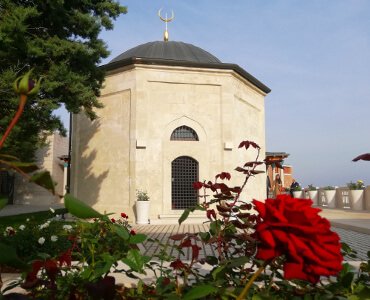
![]()
1023 Budapest, Mecset u. 14.
![]()
Free
![]()
Monday: Closed
Tuesday: 10:00 - 18:00
Wednesday: 10:00 - 18:00
Thursday: 10:00 - 18:00
Friday: 10:00 - 18:00
Saturday: 10:00 - 18:00
Sunday: 10:00 - 18:00
![]()
Tram: 4, 6 - Stop: Margit híd, budai hídfő + 350m walking
![]()
![]()
Margaret Bridge (700 m)
Margaret Island (1000 m)
Museum of Ethnography (1700 m)
Hungarian Parliament (1800 m)
Nyugati Railway Station (1800 m)
Chain Bridge (2200 m)
Aquincum Museum (6000 m)
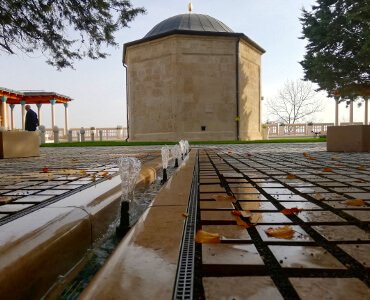
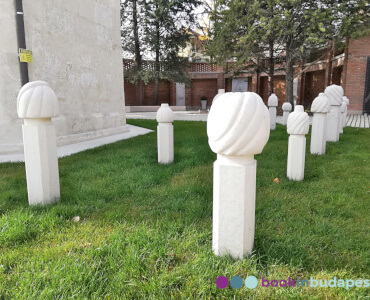
![]()
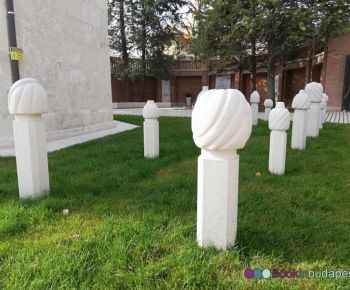
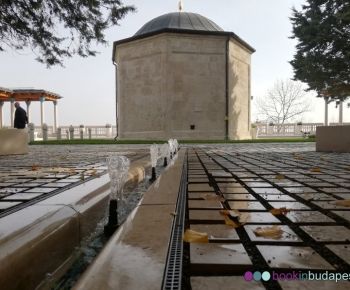
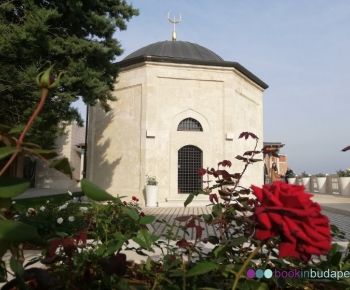
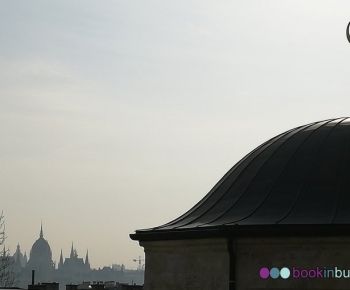
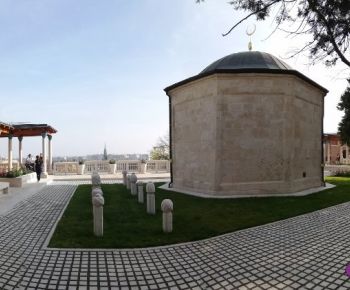



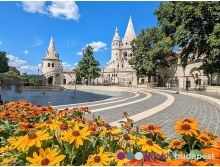




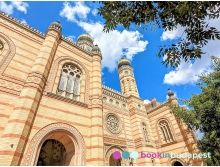




 OPERA TOUR BUDAPEST
OPERA TOUR BUDAPEST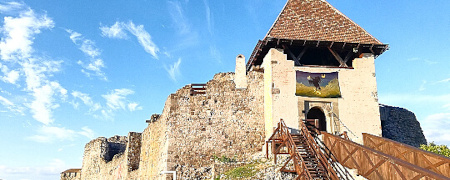 DANUBE BEND TOUR
DANUBE BEND TOUR DINNER CRUISE
DINNER CRUISE DINNER CRUISE & SZÉCHENYI BATH
DINNER CRUISE & SZÉCHENYI BATH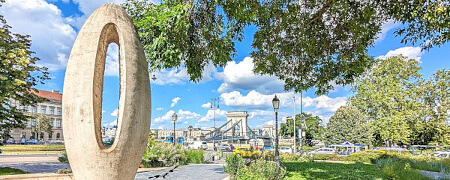 TOP BUDAPEST
TOP BUDAPEST COCKTAIL CRUISE
COCKTAIL CRUISE